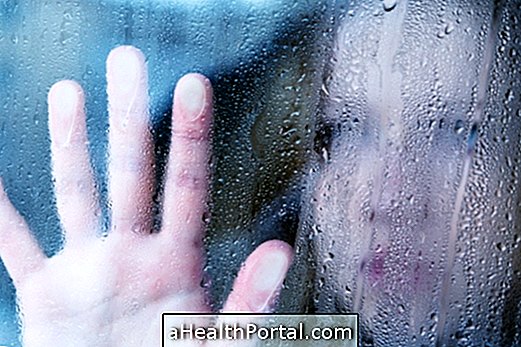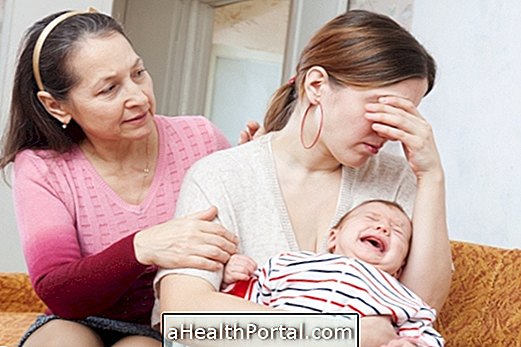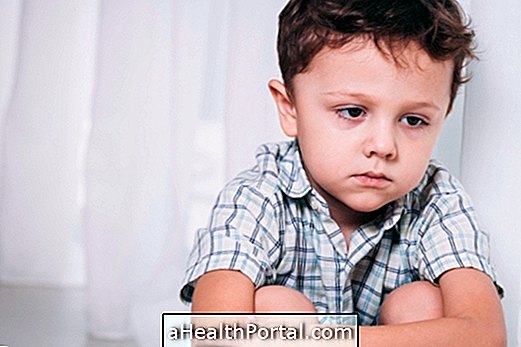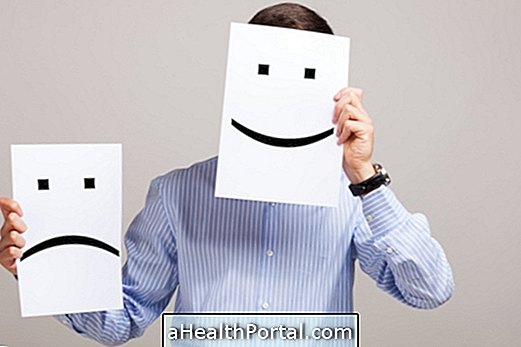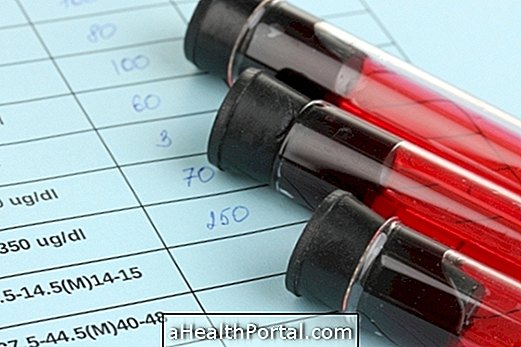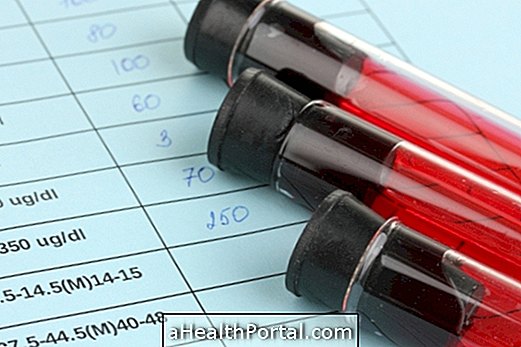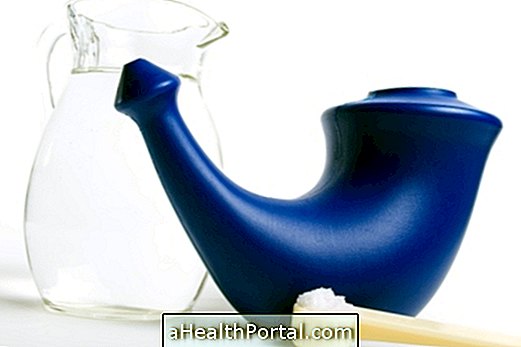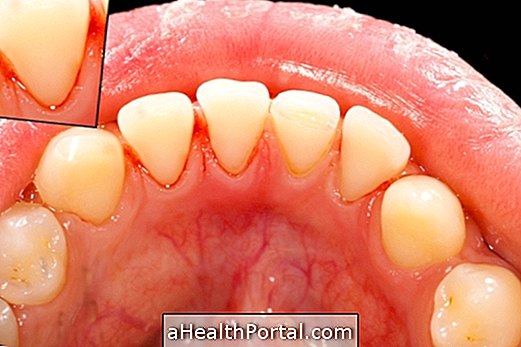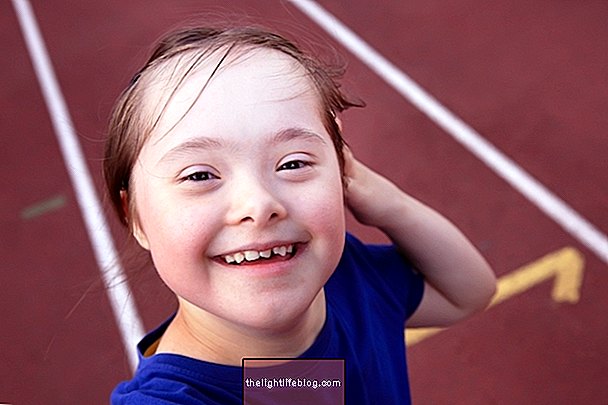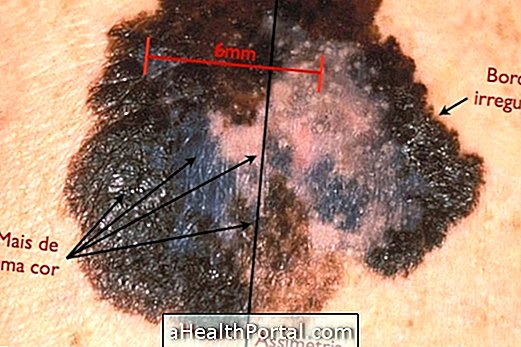Bipolar disorder is a serious mental disorder in which the person has periods of alternating moods, lasting for days, months or years, since depression, in which there is deep sadness, mania, in which there is extreme euphoria or hypomania, which is a smoother version of the craze.
Also called bipolar disorder, bipolar disorder and manic-depressive illness, this disease also affects men and women, which can begin in adolescence or from the age of 30 years.
It should be remembered that not every mood change means that there is a bipolar disorder. In order for the disease to be identified, it is necessary to undergo a psychiatrist's evaluation, which will detect that person experiences the phases and that these interfere in their daily life.

What are the symptoms
The characteristic symptoms of bipolar disorder are the drastic mood swings that can include several symptoms, such as those listed below:
| Agitation, euphoria and irritability | Bad mood, sadness, anxiety and pessimism |
| Lack of concentration | Feeling guilty, worthless and helpless |
| Unrealistic belief in their abilities | Loss of interest in things you liked |
| Behavior different from usual | Feeling of fatigue |
| Trend in drug abuse | Difficulty concentrating |
| Speak very fast. | Irritability and restlessness |
| Lack of sleep | Too much sleep or lack of sleep |
| Denial that something is wrong | Changes in appetite and weight |
| Increased sexual desire | Chronic pain |
| Aggressive Behavior | Suicidal thoughts and death |
Phases of bipolar disorder and types
The stages that a person with bipolar disorder experience usually last between weeks to months, but there can also be periods of remission, in there is a normal mood and no changes. The episodes are:
1. Bipolar depression
It is the period in which the person has depressive symptoms, and signs such as unhappiness, irritability or pessimism, lasting for at least 2 weeks. It is usually the longest lasting episode, which can persist for years, and many people end up being initially treated for depression rather than bipolar disorder.
Learn to identify the symptoms that indicate depression.
2. Mania - Bipolar Disorder Type 1
It is an overly happy mood, with extreme euphoria, a sense of energy, agitation, mania of greatness, and little need to sleep. There may also be irritability, aggressiveness or delusional and paranoid ideas, so it can also be confused with schizophrenia.
To characterize an episode of mania, at least 3 or 4 of the symptoms should last for at least 1 week. These symptoms cause many problems to the person, interfering in their relationships and their daily life, being the main cause of hospitalization for people with this disease. Check out more details on bipolar mania.
When the person alternates between depression and mania, the disease is classified as Bipolar Transtone type 1.
3. Hypomania - Bipolar Disorder type 2
These symptoms are similar to those of mania, but they are lighter and do not interfere so much with the person's daily life, usually with more chatter, sociability, impulsivity, less need for sleep, greater capacity for initiative, energy for activities and impatience.
To detect hypomania, these symptoms should last at least 4 days. Hypomania usually passes quickly, and lasts less than a week, so it is not always identified.
When the person alternates between depression and hypomania, without a picture of mania, the disease is classified as Bipolar Disorder type 2.
How is the treatment done?
Bipolar disorder has no cure but can be controlled with medications prescribed by the psychiatrist and with psychotherapy sessions. One can also choose to make phototherapy sessions, a special therapy that uses several colored lights to modify the mood of the individual.
Drug treatment includes mood stabilizers that will control manic episodes, such as lithium or valprotic acid, for example, and antipsychotics such as olanzapine or aripiprazole, which are used if symptoms of depression and mania persist.
In addition, antidepressants may also be used to help control depression, such as fluoxetine, for example, which should be associated with an antipsychotic to prevent episodes of mania, and possibly associate anxiolytics, which help reduce anxiety and improve sleep such as benzodiazepine medicines.
Group therapy and family therapy are also good options for the treatment of bipolar disorder. See more about treatment for bipolarity.

